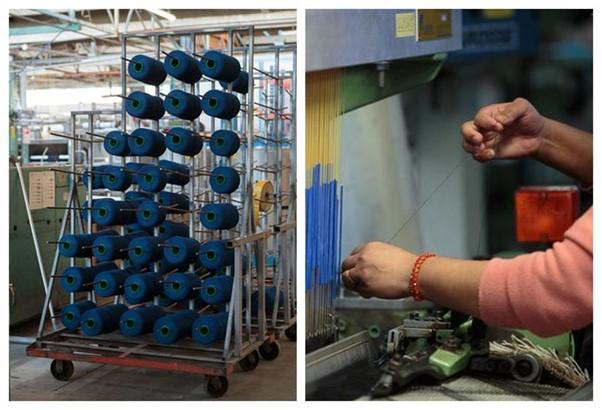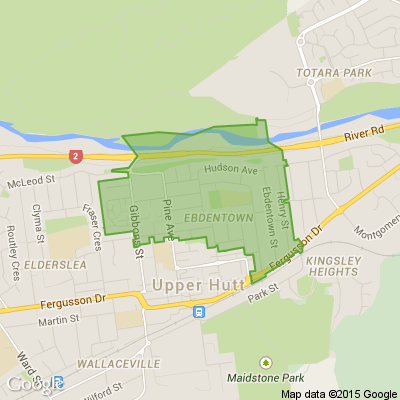The Green Side of Wool
We have a soft spot for sheep. For many, sheep are symbolic to New Zealand culture with the rearing of sheep being the backbone to the economy for many years.
Sheep farming was established in New Zealand by the 1850s and has played an important role in the economy ever since. For several decades wool accounted for more than a third of New Zealand’s exports by value with the sheep population peaking at just over 70 million in 1982.
This number is significant when comparing it to New Zealand’s human population. By 2020, sheep numbers dropped to 26 million, following a decline in profitability compared to other types of farming, particularly dairying.
While also farmed for their meat, today’s article focuses on sheep wool and its environmental attributes.
Wool is a natural and renewable resource and as long as our beloved sheep are eating the tasty green pastures from New Zealand farms they will always produce wool. Wool has amazing properties that make it ideal for many applications from home textiles through to incontinence underwear.
At this point in time, cotton and synthetic fibres are the most commonly used and produced fibres globally, however their performance does not come close to wool, in particular the environmental benefits.
From wool to yarn: The wool clip (total yield of wool shorn during one season from the sheep) is sent to the scourers where the wool is cleaned and dried, and from there to a woollen spinner where the fibre is spun into yarn. The yarn is then sent on to the manufacturer of textile products where many different processes are involved.
The yarn is wound onto dye cones and dyed to the required colours. Next the yarn is warped onto beams. These warp beams are then threaded through the looms so that the weft yarn can run across the warp to create a woven fabric.
The fabric is then inspected and then washed and dried. Very few chemicals are used in the processing, typically only water and heat.
Keep reading: www.curtainclean.co.nz...

What am I?
I may be light as a feather, but almost no one can hold me for very long. What am I?
*Do you think you know the answer to our daily riddle? Don't spoil it for your neighbours! Simply 'Like' this post and we'll post the answer in the comments below at 2pm.

Street Appeal: Support Mary Potter Hospice!
Help us be there for patients and their whānau when and where they need hospice care.
Please support Mary Potter Hospice's Appeal this May. On Thursday 16 and Saturday 18 May there'll be close to a thousand volunteers wearing Mary Potter Hospice bibs and holding collection buckets across the streets of Wellington, Porirua, and Kāpiti.
Please donate and help keep palliative care free for our local communities. Thank you!

Poll: Have you ever been bullied?
People associate bullying with children in schools, but it can actually stretch beyond childhood to workplaces or neighbourhoods.
This Friday is Pink Shirt Day, which began in Canada in 2007 when two students took a stand against homophobic bullying after a new student was harassed for wearing pink. People across the globe are now encouraged to wear pink on this day to take a stand against bullying and promote inclusivity.
Have you or your whānau ever experienced bullying? Share your thoughts on Pink Shirt Day below.
Type 'Not For Print' if you wish your comments to be excluded from the Conversations column of your local paper.

-
81.7% Yes
-
18.2% No
-
0.1% Other - I'll share below







 Loading…
Loading…